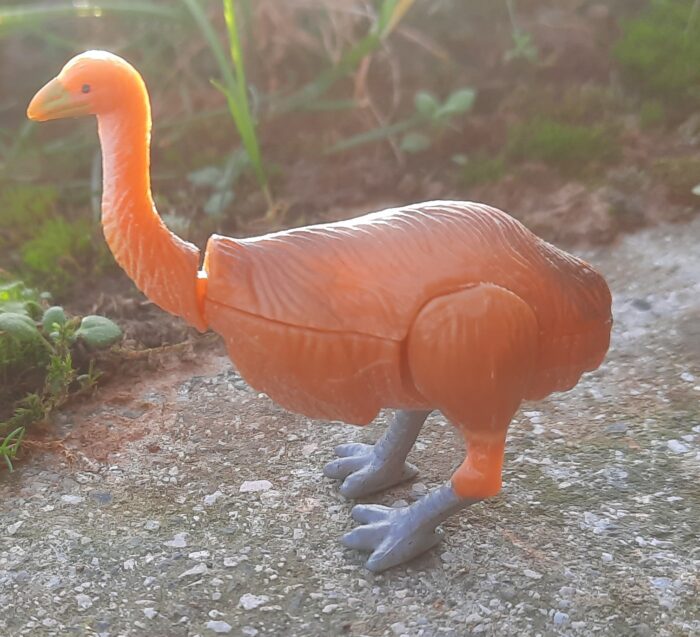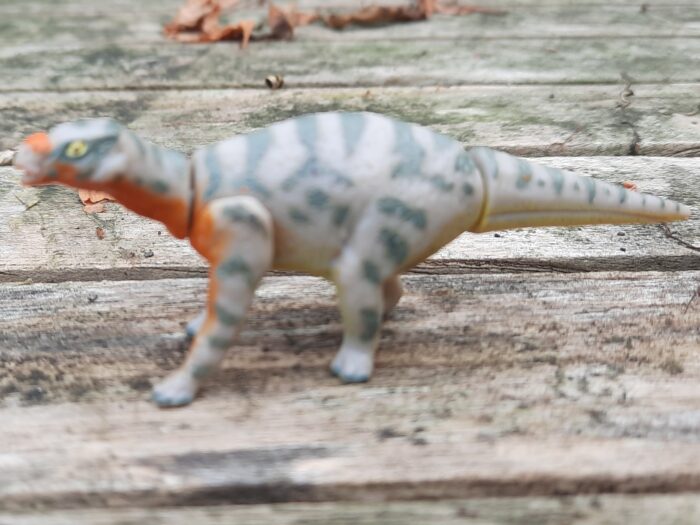The largest bird today is the Ostrich, and this is owing to it’s flightlessness. The recent past, however, provided greater flightless giants. One such came from New Zealand, in the form of the South island Giant Moa, Diornis robustus, with females able to reach up to 11ft 10″ if they stretched up, being 6ft 6″ on a horizontal plane.
Brand: Lost Kingdoms
Review: Giant Penguin/ Anthropornis (Lost Kingdoms Series A by Yowie)
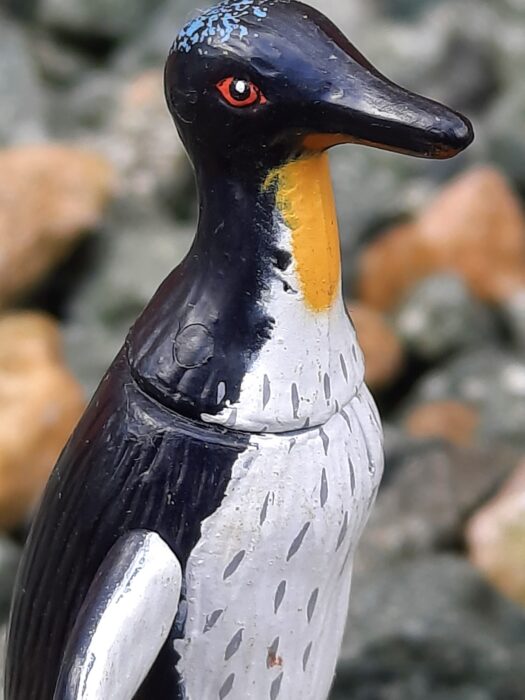
Since their discovery in the Antarctic and other parts of the southern hemisphere, penguins are seen as rather adorable creatures. In the past, there were many large examples of this family, with even a subfamily featuring these giant examples. Here, we see a figure of one such species, Anthropornis.
Review: Giant Wonambi (Lost Kingdoms Series A by Yowie)

I love picking up rare species on the toy market, especially where they are part of groups that are rarely made. As mentioned previously, snakes are incredibly rare on the toy shelves, likely because they don’t vary too much so don’t sell well. Thankfully, Yowie comes in to the rescue, giving us the Giant Wonambi, a constrictor from the Pleistocene of Australia, the first fossil snake found in Australia.
Review: Giralia Pterosaur (Lost Kingdoms Series B by Yowie)
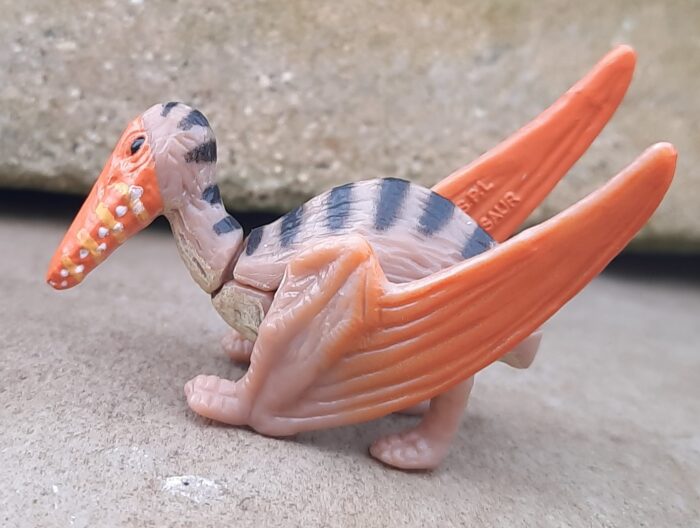
I do like Yowie for it’s diversity, especially among the animals of Gondwanaland. What I often get irritated about is that a proportion of them are based on very limited fossil material. I have reviewed several already, all named. This one, however, is not. This is the Giralia Pterosaur, an as yet unnamed pterosaur from Australia, being one of the largest and youngest found there.
Review: Kakuru (Lost Kingdoms Series B by Yowie)
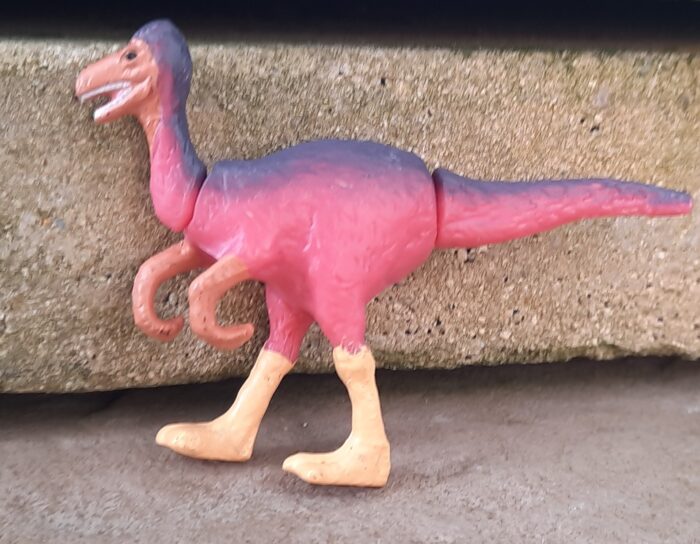
Ah, Yowie! It’s a great company, educating people on animals old and new, along with how their environments changed or can be saved. The prehistoric line really opens the eyes to many species most will never have heard of, learning something new. Many species, however, are based on very limited material, so can cause headaches when trying to assess them.
Review: Kentrosaurus (the Lost Kingdoms series C, by Yowie)
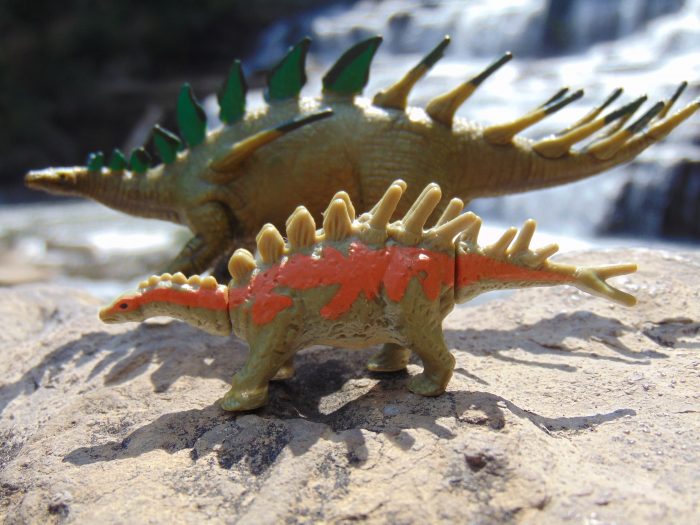
Review: Kronosaurus (Lost Kingdoms Series A by Yowie)

The titans of Greek myth were beings of great strength and power, so it is no surprise that prehistoric creatures of great size and strength were named after them. The leader of this group during their golden age, according to legend, was Kronos, the father of Zeus, and a mighty marine monster was named after him: Kronosaurus, a 30 ft Pliosaur from the early Cretaceous of Queensland.
Review: Long-Necked Plesiosaur/Woolungasaurus (Lost Kingdoms Series A by Yowie)

While I do admire the Yowie line for it’s variety, several have given me headaches for being based off species known off bits and pieces, a leg bone or a finger. Fortunately, this isn’t the case for all, and here we have one such case, Woolungasaurus, an elasmosaurid plesiosaur from the early Cretaceous of Queensland, Australia.
Review: Marsupial Tapir/ Palorchestes (Lost Kingdoms Series A by Yowie)
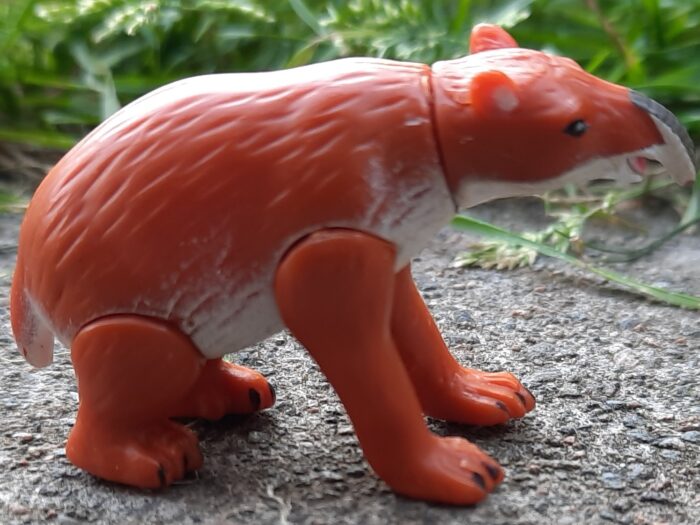
Interpreting fossils is never an easy task. Unless the animal was complete when found, or very well preserved, it can be hard to tell what an animal looked like. Prehistoric animals can be revised over and over as new information comes in about them. One animal that has been altered several times is Palorchestes, which was thought to be a kangaroo relative, then more tapir based as a result of the rostrum, and more recently, similar to a giant ground sloth.
Review: Muttaburrasaurus (Lost Kingdoms Series A by Yowie)
Review: New Zealand Giant Eagle/Hieraaetus (Lost Kingdoms Series A by Yowie)
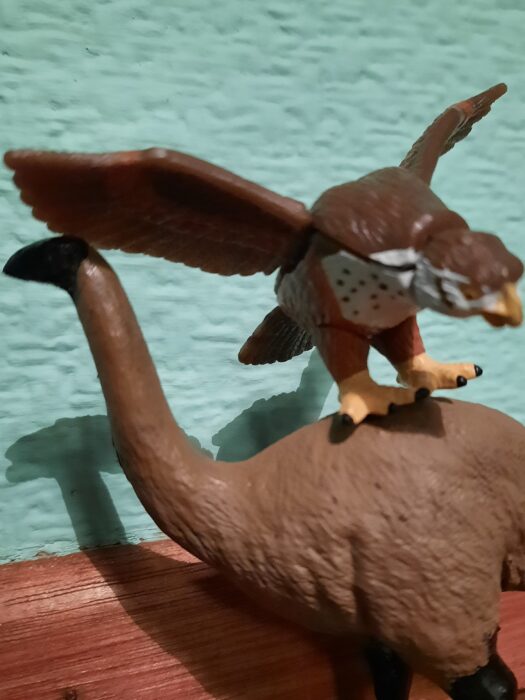
When a species goes extinct, you take out one piece of the food web, affecting everything above and below it. When the Moa went extinct, so too did it’s main predator, the largest eagle to ever have existed, Haast’s eagle, Hieraaetus. Once it flew through the forests of New Zealand, preying on the Moa, grabbing their pelvis and slashing their neck with their sharp talons, which gave them their initial (and cooler sounding) scientific name of Harpagornis.
Review: Owen’s Horned Turtle/Ninjemys (Lost Kingdoms Series A by Yowie)

Fossil turtles, aside from Archelon, are extremely rare in toy form. There have been many different, interesting species over the millennia. Enter Yowie to set the record straight! And with quite the species too, with what they call Owen’s Horned Turtle. But this is no average turtle, this is Ninjemys, Owen’s Ninja Turtle!
Review: Ozraptor (Lost Kingdoms Series B by Yowie)
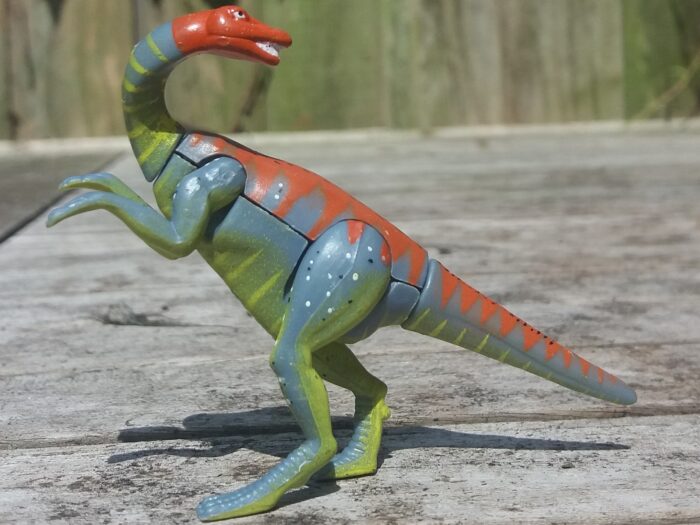
The preservation of fossils can be a truly amazing thing, giving us a precise look at the ancient world, with preservation of complete specimens and even organic material being kept. On the other hand, it can also only give us fragmentary fossils and nothing more. Still, these fragments tell us that there was a creature in this area that we didn’t previously know, and thus a new species is erected.
Review: Pleistocene Marsupial Lion/Thylacoleo (Lost Kingdoms Series A by Yowie)
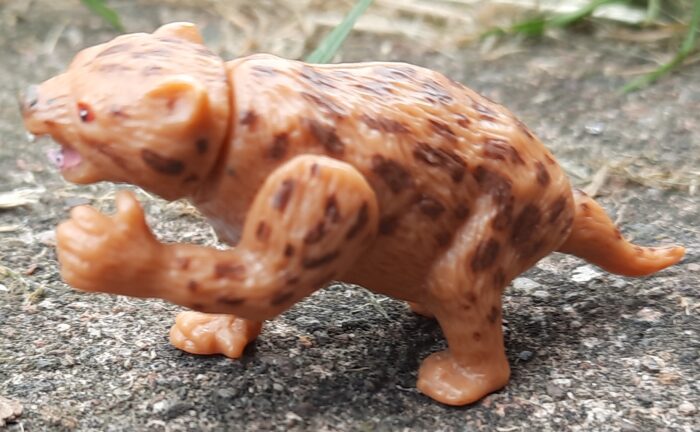
Marsupials now are an interesting group, adapted to many different environments. In the distant past, even more incredible marsupials were around, megafauna and powerful carnivores lived in Australia, now gone from the world. One was a koala relative, adapted as a top predator, the Thylacoleo.
Review: Rapator (Lost Kingdoms Series B by Yowie)
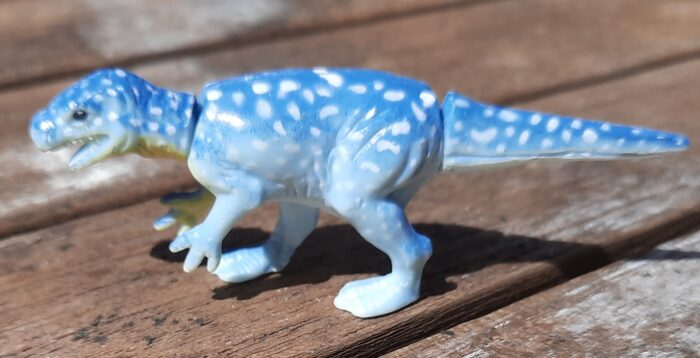
Australia has a wide array of species throughout the different periods and epochs. This has resulted in many different genus’ being constructed from the many pieces that had been found. Some have been erected from only a few pieces. Here, we see one such example, Rapator, a Mid-Cretaceous theropod known from a single metacarpal.

